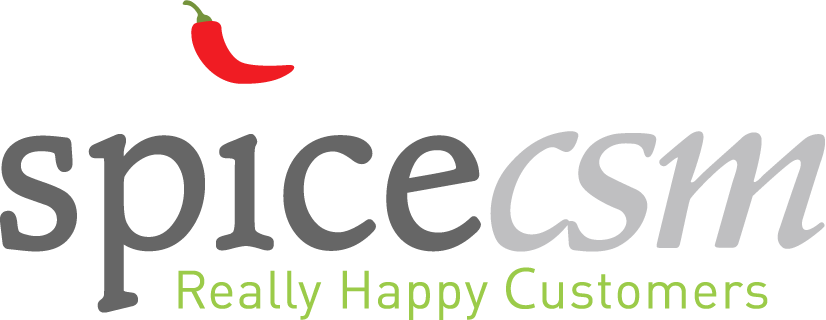According to the Gartner Hype Cycle, for Healthcare Providers, 2016, personalized medicine is an emerging trend. Much attention has been focused on the broader, more encompassing, emerging market trend of Precision Medicine (PM) after President Obama launched the Precision Medicine Initiative last year. But what is the difference between precision medicine and personalized medicine and why the “hype”?

Precision Medicine
Pertaining to medicine, the terms, precision and personalized were often used interchangeably but the distinction has now been made clear. Precision medicine uses the study of DNA, specifically genomes and even more precise, proteomes. If DNA (genomes) are the hardware of the cell, then proteins (proteomes) are the software.
Precision medicine employs the science of proteomics, which is the detailed study of all the proteins in a cell, tissue or organism. Genomics - looks at DNA and determines a patient's potential or risk for developing a disease, while proteomics focuses in on the patient's protein profile during the disease. This process allows for the observation of proteomes at specific times within the disease process. Proteomics has led to the development of procedures used to more quickly and efficiently diagnose and treat life-threatening diseases such as cancer, cardiovascular disease and a variety of genetic disorders. Because everyone is different and their diseases are heterogenic or unique, the more precise you can get, the better the outcome for the individual patient. The slightest variant in treatment can mean a better outcome for one patient and not for another. Precision medicine seeks to find the exact variations for each patient to improve their particular outcome.
The Future of Medicine
With the advances in medicine made possible by proteomics through genome sequencing, one might ask, “what is to prevent medicine from being practiced from the lab?” With the enormous amounts of data and patient specific information they have available a geneticist could probably prescribe a pretty accurate medication regimen from their lab without even seeing a patient. In fact, the process could be completely automated and not even involve a human.
Enter Personalized Medicine
Personalized medicine falls under the umbrella of precision medicine (PM). Personalized medicine takes the process one step further; it adds a layer humanity to the genetic findings. It includes a physician or practitioner's personal knowledge of the patient. There once was a commonly used axiom in medicine. It said, “treat the patient not the disease.” Personalized medicine states, “treat the patient not the patient’s disease.” No matter how much we information we can gather about the minutia of an illness and no matter how accurately we can understand the condition as it pertains to a particular individual, we can't replace the ability of the practitioner to prescribe care with the patient’s overall well-being in mind.
According to the Gartner Hype Report, the business impact for personalized medicine could be transformational. Precision medicine will significantly impact the way healthcare is delivered. The geneticist will interpret the data and to discover how to target the disease precisely. Personalized medications will be needed. Pharma will respond by tailoring compounds and dosages. The practitioner will coordinate care with the patient and fine tune the treatment based on the clinical picture. The holistic nature of personalized healthcare will drive engagement and make the need for communication between the laboratory, pharma, physician, and patient greater than ever. Technology companies that can facilitate this flow of information by providing fluidity, interoperability, accuracy, and consistency can take advantage of this trend and make a significant contribution to the future of healthcare.
To discover how SpiceCSM offers solutions that can help your tech company succeed in an increasingly competitive marketplace contact us today.



